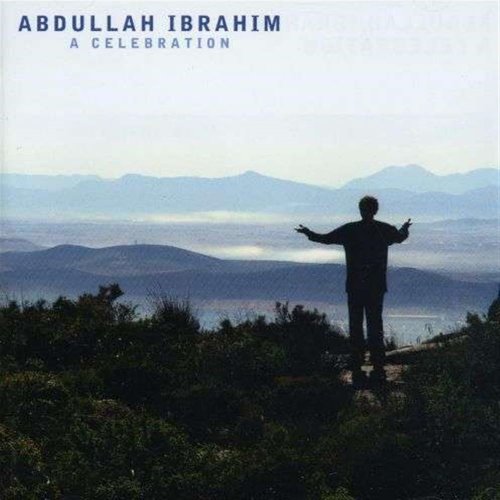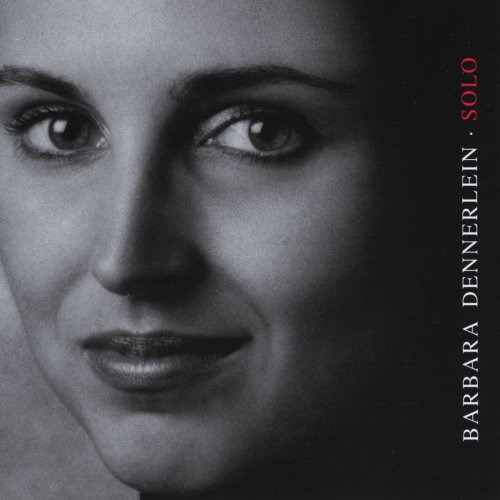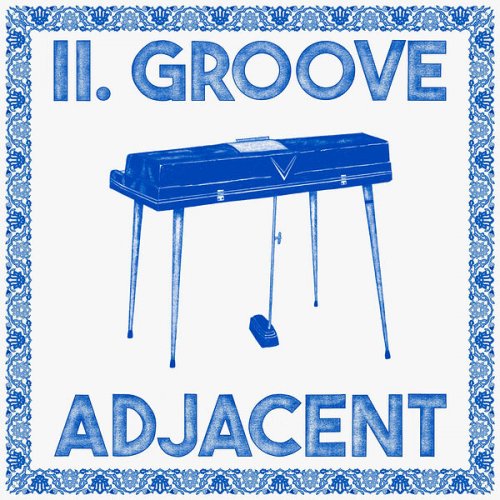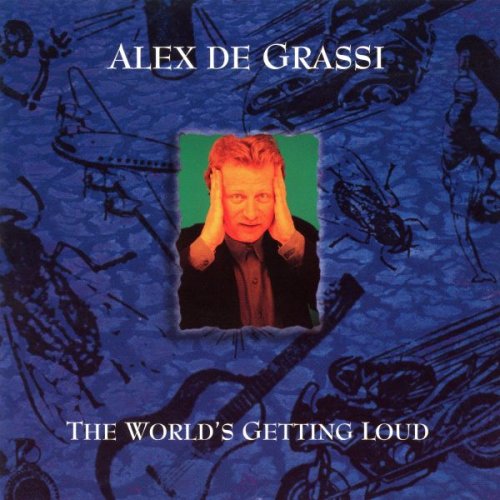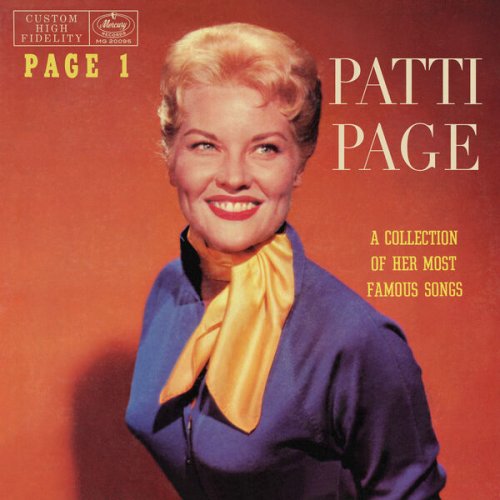Sun Ra - Monorails and Satellites Vols. 1, 2, 3 (2019)
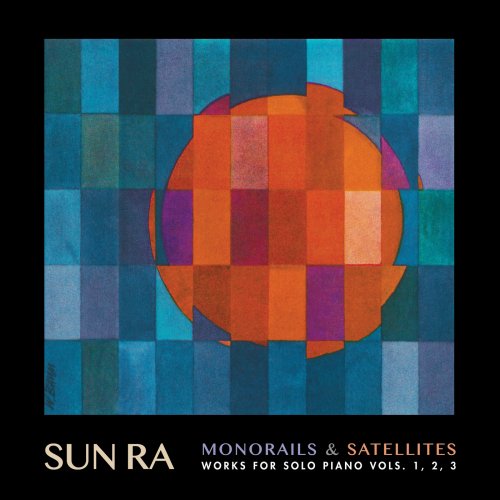
Artist: Sun Ra
Title: Monorails and Satellites Vols. 1, 2, 3
Year Of Release: 2019
Label: Cosmic Myth Records
Genre: Jazz
Quality: FLAC (tracks)
Total Time: 01:48:45
Total Size: 430 MB
WebSite: Album Preview
Tracklist:Title: Monorails and Satellites Vols. 1, 2, 3
Year Of Release: 2019
Label: Cosmic Myth Records
Genre: Jazz
Quality: FLAC (tracks)
Total Time: 01:48:45
Total Size: 430 MB
WebSite: Album Preview
Disc 1 (32:04)
1. Space Towers (03:33)
2. Cognition (06:28)
3. Skylight (03:53)
4. The Alter Destiny (03:03)
5. Easy Street (03:32)
6. Blue Differentials (02:49)
7. Monorails and Satellites (05:30)
8. The Galaxy Way (03:16)
Disc 2 (31:46)
1. Astro Vision (03:14)
2. The Ninth Eye (09:06)
3. Solar Boats (04:57)
4. Perspective Prisms of Is (06:19)
5. Calundronius (08:10)
Disc 3 (44:55)
1. Soundscapes (03:25)
2. The Eternal Tomorrow (05:46)
3. Today is Not Yesterday (07:11)
4. World Island Festival (06:19)
5. The Changing Wind (03:53)
6. Don't Blame Me (04:39)
7. Gone with the Wind (04:09)
8. How Am I To Know (05:21)
9. Yesterdays (04:12)
Monorails and Satellites were two volumes of solo piano works recorded by Sun Ra in 1966. Volume 1 was issued on his Saturn label in 1968, volume 2 the following year. They were the first commercial LPs of the artist's solo keyboard excursions. Vol. 1 featured seven idiosyncratic Sun Ra originals and one standard delivered in Sunny's singular manner. Vol. 2 consists entirely of original compositions. A tape of a third, unreleased volume was discovered posthumously by Michael D. Anderson of the Sun Ra Music Archive. Released here for the first time, it consists of five originals and four standards, and was recorded in stereo.
Despite Sun Ra's obsession with the future, Monorails and Satellites is something of a nostalgia trip. As a youth in Birmingham, Alabama, the man who became Sun Ra—Herman Poole Blount—spent hours at the Forbes Piano Company, amusing himself (as well as staff and customers) at the showroom keyboards. He practiced standards, emulated his piano heroes, played the latest pop songs, and improvised. The idyllic reveries which the teen experienced in those formative years were no doubt recaptured during the Monorails sessions.
The playing here speaks less of a style, and more of a collection of statements. Some of the tunes, with their odd juxtapositions of mood, could be mistaken for silent film scores. Perhaps they were audio notebooks, a way to generate ideas which could be developed with the band ("I think orchestra"). Regardless of any secondary (and admittedly speculative) intent, they serve as compelling standalone works. The fingering reflects Sun Ra's encyclopedic knowledge of piano history as his passages veer from stride to swing, from barrelhouse to post-bop, from march to Cecil Taylor-esque free flights, with a bit of soothing "candelabra" swank thrown in. Sunny's attack is mercurial, his themes unpredictable. His hands can be primitive or playful, then abruptly turn sensitive and elegant. As with the whole of Sun Ra's recorded legacy, you get everything but consistency and predictability.
The listener also experiences something rare in the Sun Ra recorded omniverse: intimacy. His albums, generally populated by the rotating Arkestral cast, are raucous affairs. With the Monorails sessions, we eavesdrop on private moments: the artist, alone with his piano. These are brief audio snapshots of what was surely a substantial part of Sun Ra's life, infinitesimal surviving scraps of 100,000 hours similarly spent, most lost to posterity.
The 2-CD and 3-LP packages of this set include an essay by three-time Down Beat Artist of the Year VIJAY IYER, along with a historical chronicle by jazz authority BEN YOUNG.
Despite Sun Ra's obsession with the future, Monorails and Satellites is something of a nostalgia trip. As a youth in Birmingham, Alabama, the man who became Sun Ra—Herman Poole Blount—spent hours at the Forbes Piano Company, amusing himself (as well as staff and customers) at the showroom keyboards. He practiced standards, emulated his piano heroes, played the latest pop songs, and improvised. The idyllic reveries which the teen experienced in those formative years were no doubt recaptured during the Monorails sessions.
The playing here speaks less of a style, and more of a collection of statements. Some of the tunes, with their odd juxtapositions of mood, could be mistaken for silent film scores. Perhaps they were audio notebooks, a way to generate ideas which could be developed with the band ("I think orchestra"). Regardless of any secondary (and admittedly speculative) intent, they serve as compelling standalone works. The fingering reflects Sun Ra's encyclopedic knowledge of piano history as his passages veer from stride to swing, from barrelhouse to post-bop, from march to Cecil Taylor-esque free flights, with a bit of soothing "candelabra" swank thrown in. Sunny's attack is mercurial, his themes unpredictable. His hands can be primitive or playful, then abruptly turn sensitive and elegant. As with the whole of Sun Ra's recorded legacy, you get everything but consistency and predictability.
The listener also experiences something rare in the Sun Ra recorded omniverse: intimacy. His albums, generally populated by the rotating Arkestral cast, are raucous affairs. With the Monorails sessions, we eavesdrop on private moments: the artist, alone with his piano. These are brief audio snapshots of what was surely a substantial part of Sun Ra's life, infinitesimal surviving scraps of 100,000 hours similarly spent, most lost to posterity.
The 2-CD and 3-LP packages of this set include an essay by three-time Down Beat Artist of the Year VIJAY IYER, along with a historical chronicle by jazz authority BEN YOUNG.
